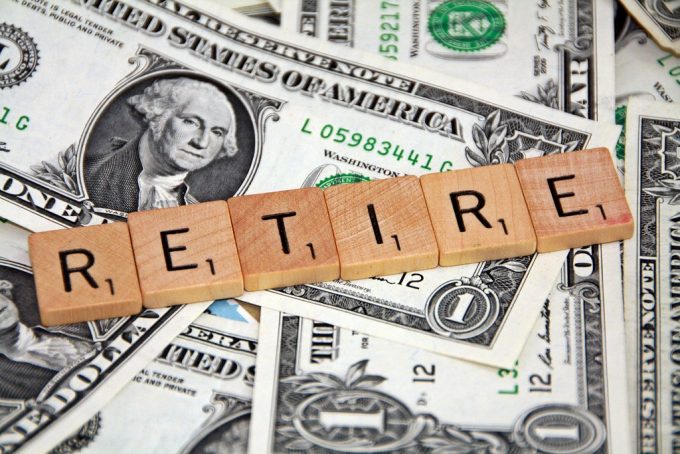After more than three decades in the workforce, you discover you were so busy working and raising a family that you didn’t take the time to put away enough money for retirement. As they say, time flies when you’re having fun. But it seems to fly even faster when work and domestic responsibilities occupy every minute of your day.
But fear not. Says All Reverse Mortgage (ARLO), if you’ve owned your home for decades and have been paying the mortgage on it religiously, you can tap into all that equity you’ve been building up. Once you turn 62 years of age (early retirement), you can officially apply for a reverse mortgage. The proceeds can potentially run in the hundreds of thousands of dollars. You can take them in one lump sum payment or equal monthly distributions. You need never pay the loan back until you die or you decide to sell your property.
You will want to find a firm that offers low-interest rates in this high-interest rate environment. The Housing and Urban Development, or HUD, publishes the average interest rate data to the public for every HECM lender. You want to take special notice of those firms who fall in the top 20 for national reverse mortgage lenders. All Reverse Mortgage, Inc is one of those low-interest rates leaders. But you can do your own research to find out which firm suits you best.
But back to the original quandary of not having saved enough for retirement. Aside from applying for a reverse mortgage, what other strategies can you employ to save enough money for your golden years after turning the corner on fifty?
According to a recent article from Zen Business, retirement seems like it’s forever away when you’re still in your late thirties or early forties. But retirement suddenly seems around the corner once you enter your fifties. Quite abruptly, you find yourself with only a decade or so to build up significant wealth.
That said, it’s not too late to catch up if you are finding a shortfall in your savings. A few of the considerations you might consider in your fifties are spending control, debt trimming, savings, and investments.
Getting a Grip on Spending
Maybe this is something no one likes to hear, but the reality of saving money means spending less. Trimming your opulent lifestyle to one that costs far less will give you the opportunity to save more starting right now. It will also cost you less to maintain a nice standard of living once you no longer receive a regular paycheck.
Start cutting costs by creating a budget on a spreadsheet. You cannot overlook the cost of health insurance costs both now and in retirement, especially if you plan on quitting your job early before Medicare kicks in at 65 years of age. Healthcare costs can end up being much higher than you are currently anticipating.
Start Trimming Down Your Debt
Says The Balance, you must not enter retirement with any debt whatsoever. High interest credit cards can wreak havoc on your financial stability. But paying off your children’s student loans and your mortgage are likely to be your largest debts (again, investigate a reverse mortgage).
Keep in mind, you can whittle thousands of dollars per month of debt just by paying your mortgage off early, prior to your officially quitting your job. You can begin this process in your fifties by making extra principal payments (or whatever you can afford at the time), and then refinance the home to a smaller balance to acquire more retirement-friendly monthly payments.
You could also sell your big home now that the kids are gone and move into something smaller while earning a nice profit which you can invest in the future. In the end you’ll greatly reduce or even eliminate your mortgage payment altogether. By moving into a smaller home or even an apartment, you will save on home insurance and property taxes.
Invest and Save Rather than Speculate
You will need to know your retirement cash will be readily available which means your fifties is not the time to speculate on high-risk investments. Seek out a financial advisor who will assist you with building a portfolio that will meet your goals.
Note that the perfect investment does not exist. Even the seemingly safest stocks and bonds are subject to volatility and black swan events such as the COVID-19 pandemic. A “safe investment” won’t ensure your rate of return will not be less than the rate of inflation which remains far higher than normal, and that your cash won’t lose its purchasing power as time marches on.
Your best line of financial attack is to create a highly diversified portfolio with a medium risk level which can grow over a period of several decades.
There’s nothing wrong with planning for retirement later than sooner once you turn fifty. But it will take some catch up, along with some sacrifice. But if you eliminate most or all your debt and invest wisely, you should enter retirement without a hitch or worse, having to get a side gig.




1 comment
Having recently come into a sum of money, I found myself uncertain about where to invest. Exploring options, I stumbled upon an insightful guide at https://icoholder.com/blog/how-to-turn-bitcoin-into-usd/. It provided a comprehensive understanding of converting Bitcoin to USD. This resource clarified my doubts, offering valuable insights on navigating the cryptocurrency landscape and making informed financial decisions.